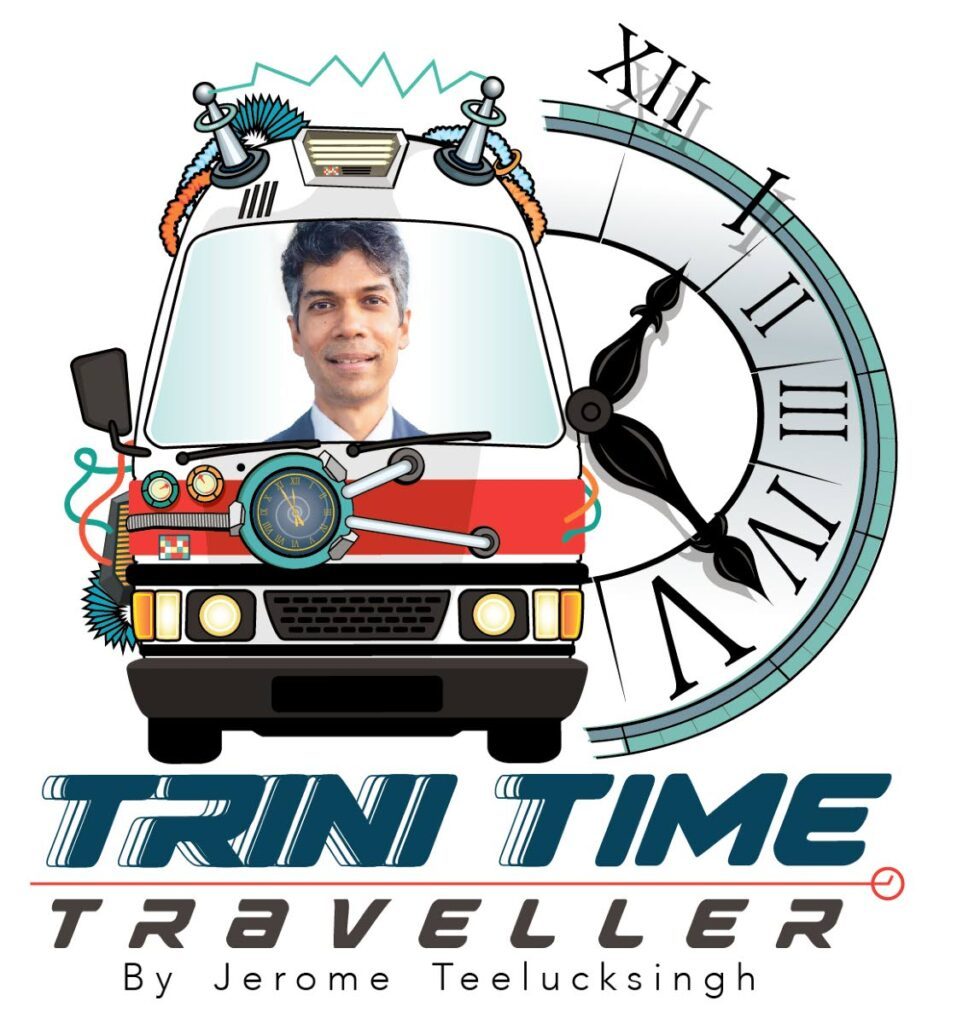Limitations of Black Power

Jerome Teelucksingh
SOME HAVE debated the origin of the term Black Power.
In 1966, in the US, Willie Ricks, an activist and member of the Student Non-violent Co-ordinating Committee (SNCC), used the slogan “black power for black people” in rallies and later shortened it to “Black Power.”
On June 17, 1966, Stokely Carmichael, also of the SNCC, used the slogan “Black Power” at a rally in Mississippi.
Carmichael was born in Trinidad in 1941 and migrated to the US in 1952. In an address to a crowd of 500 Afro-West Indians and African Americans at the Brooklyn Community Center in 1970, Carmichael argued that pan-Africanism was the ideal political philosophy for blacks throughout the world in their imperialistic struggles.
The ideas of Carmichael influenced groups and people in the Caribbean.
However, his concept of Black Power was limited to blacks. In an attempt to make the ideology more inclusive, Dr Walter Rodney, Guyanese activist and academic, illustrated that achieving Black Power was not “racially intolerant” in the multi-cultural and multi-racial Caribbean societies. Rodney, a Marxist and pan-Africanist, believed that the uneven distribution of power among some of the ethnic groups was the cause of dissension among them.
A letter to the editor of The Vanguard (the publication of the OWTU) in 1970 reflected some of the public perceptions. The letter writer, Denny Moore of Trinmar, appeared misguided in his reason for Indian involvement in Black Power.
“What in my opinion is left for the East Indian group to do is to jump body and soul into the Black Power struggle to lift the blacks out of the sinking quagmire into which they were put since the slave trade. Let them emphatically decide that their East Indian culture in its present form is unacceptable to them, and so begin an active search for roles they could play in changing the entire society.”
Emphasis on the exploitation of the Indo-Trinidadian working class sought to bridge the racial barrier. For instance, Darcus Owusu, in an article entitled The Long March to Caroni (published in The Vanguard), argued, “The Indians continue to be slaves to the sugar barons and the division of the races remain a threat to any serious attempt to construct a nation and the hope of meaningful unity is lost amidst the guile and deceit of politicians.”
Walton Look Lai, in The Present Stage of the Trinidad Revolution, saw a hidden agenda. He argued that the Indian-African conflict in the Caribbean “is a futile and wasteful struggle between two dispossessed groups unable to identify the real enemy: the Western imperialist.”
Dr Brinsley Samaroo, writing in March 1970 in The Vanguard, expressed a similar view: “Whilst the Trinidad Indian and the Negro were quarrelling about the scraps of the economy, the white community and their black hangers-on were enriching themselves on the profits therefrom.”
In 1972, Samaroo presented a paper entitled The East Indian Response to Constitutional Changes in Trinidad and Tobago at a seminar held at UWI, St Augustine. Samaroo identified the Black Power movement affecting some in the Indo-Trinidadian community, as they changed their names, revived rituals and returned to Indian forms of dress.
“The impact has been significant because it posed squarely to the East Indian the problem of identity and the racial factor in Trinidad politics. And this is an additional reason why the East Indian community is going through its own ‘Black Power’ phase.”
Indeed, genuine efforts were made by individuals and groups to calm the troubled racial/ethnic waters. Some have perished in the undercurrents but others have survived. This needs to be considered in judging those who played significant roles in 1970.
Some might argue that the racial unity of 1970 was transient and temporary. Probably the participants and researchers, of 1970, have exaggerated the extent of racial unity. It is obvious that the limited racial unity in the marches did not materialise in the post-1970 era.
The economic impact of the Black Power movement can be seen in the nationalisation of companies in TT. For instance, before 1970 there were only seven national companies – Port Authority of TT, Tesoro, Water and Sewerage Authority (WASA), Public Transport Service Corporation (PTSC), TT Telephone Company Ltd (Telco), British West Indian Airways (BWIA), and TT Electricity Commission (T&TEC).
Despite increased nationalisation, the continued inefficiency of public companies serves as a painful reminder of the limitations and reversal of aspects of the Black Power movement.

Comments
"Limitations of Black Power"